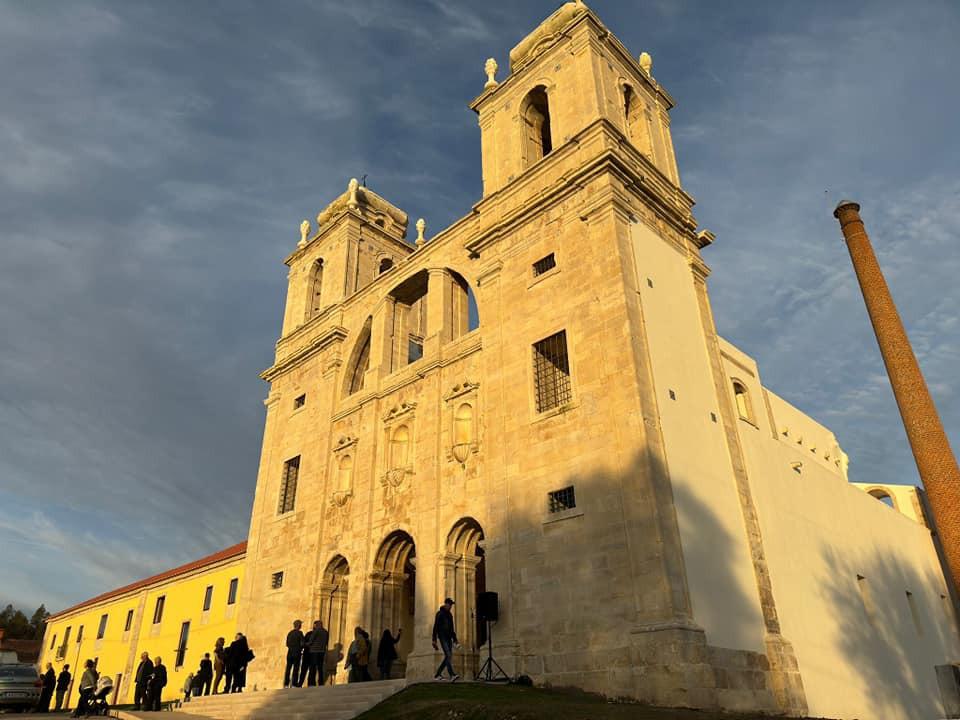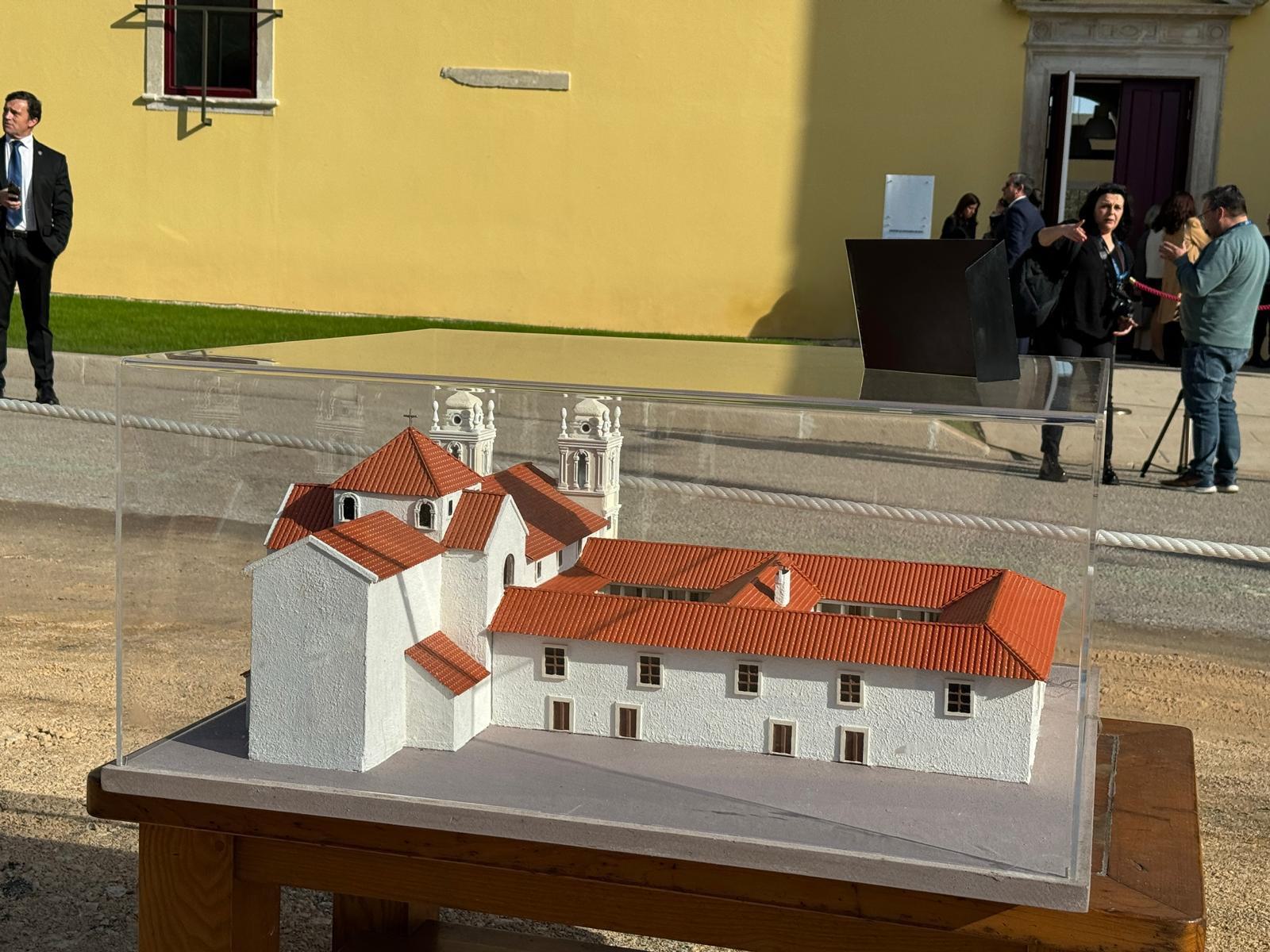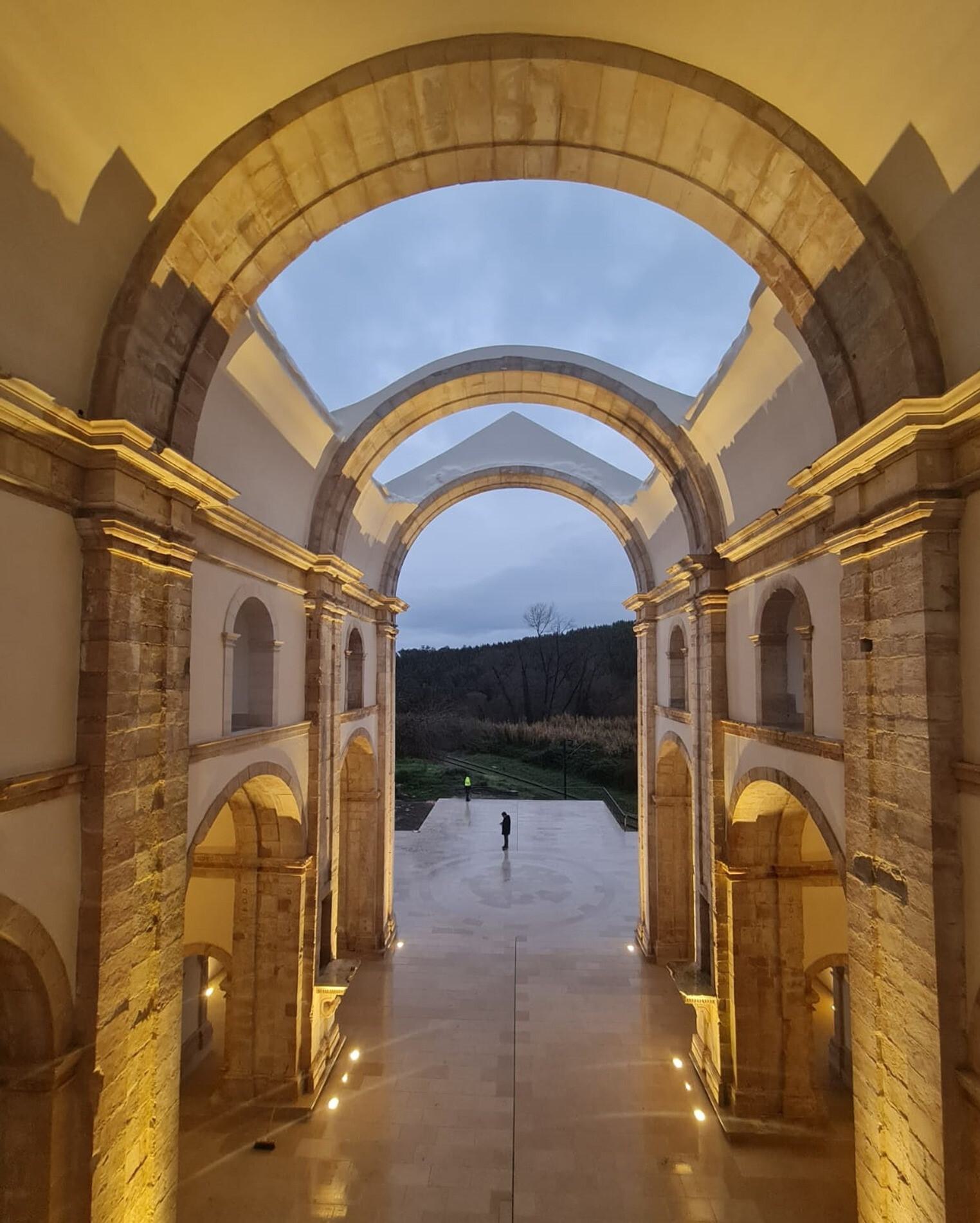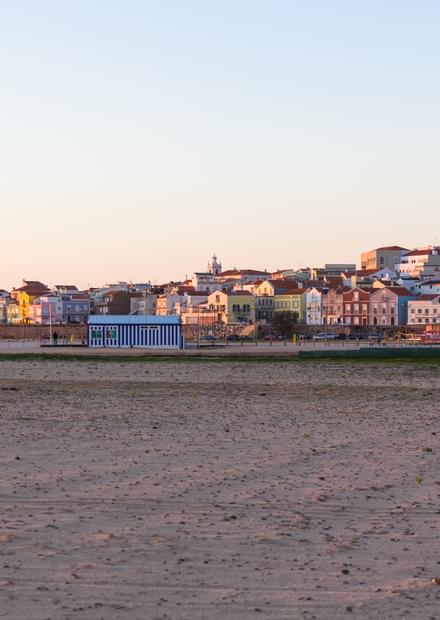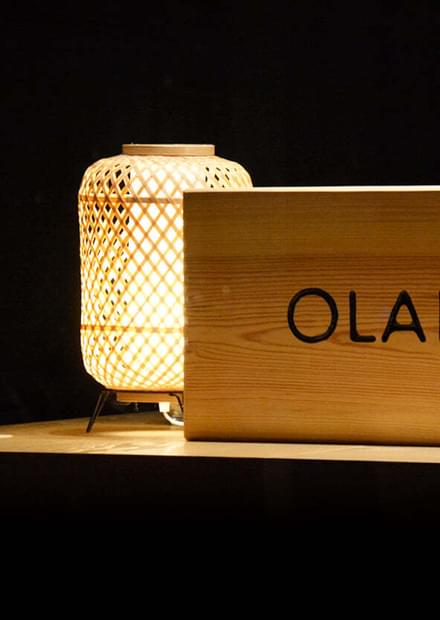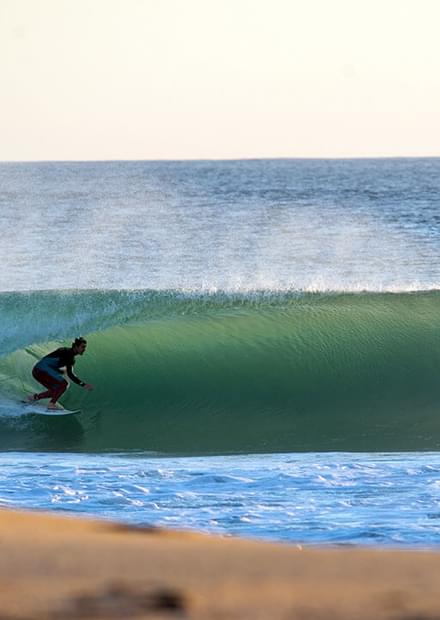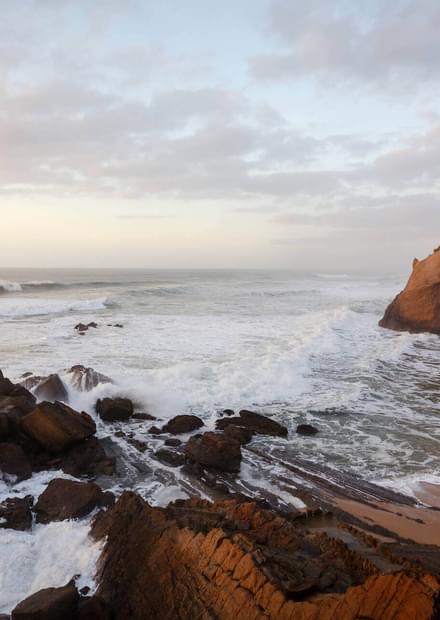Back in the 7th century, the Monastery of Santa Maria de Seiça was donated by King D. Sancho I to the Order of Cister under the sponsorship of the Monastery of Alcobaça. This Cistercian monastic complex played a major role in the land and social reorganisation of the populations that lived in the Mondego River estuary, because of the deep-rooted knowledge of agricultural techniques, so characteristic of the Cistercian Order.
In 1834, with the extinction of the religious orders the building was purchased by the Portuguese State. Its rich heritage was used in other churches and chapels of the region. It was lastly used as a rice peeling factory in the 19th century, as we can see by the remaining huge chimney.
It is open to visits on Saturdays and Sundays from 14:00 to 17:00.

